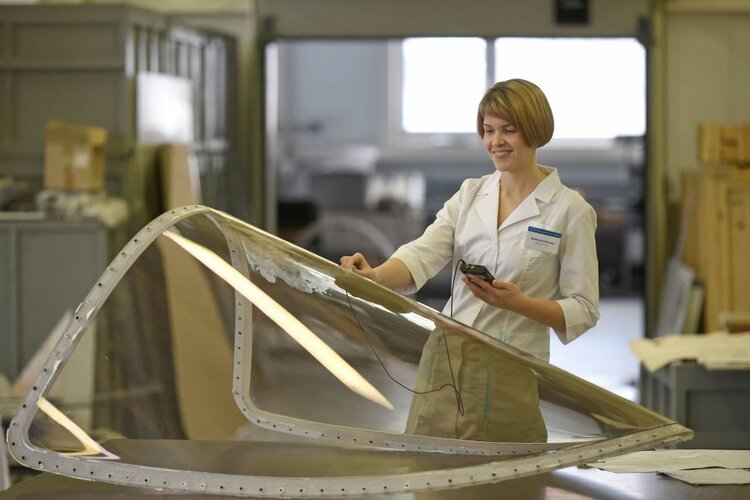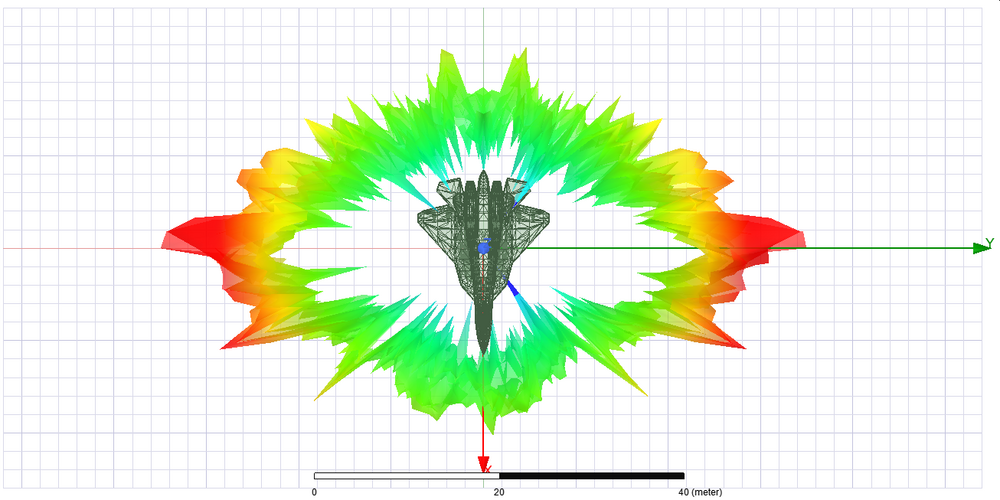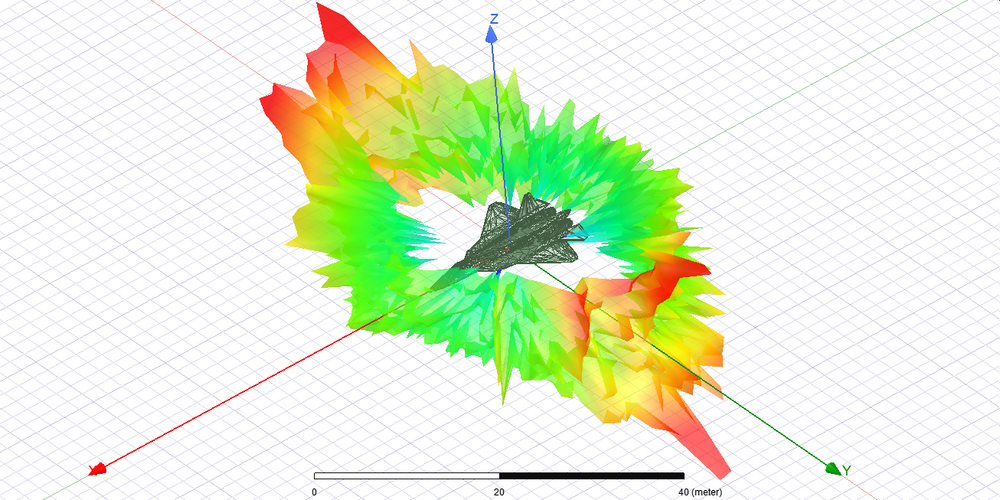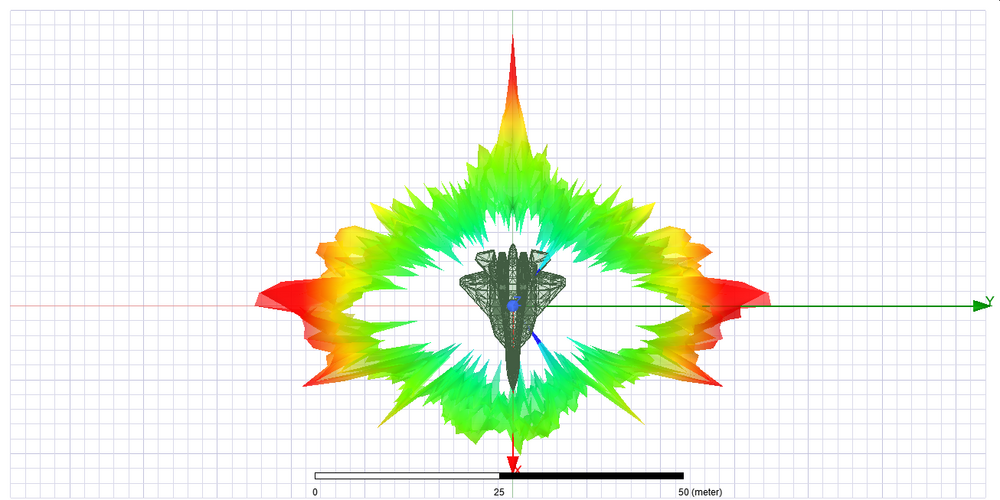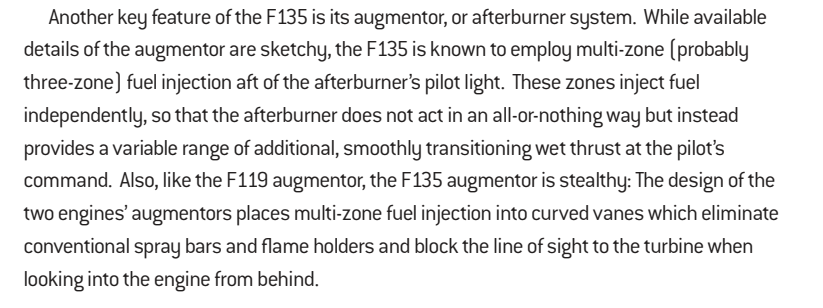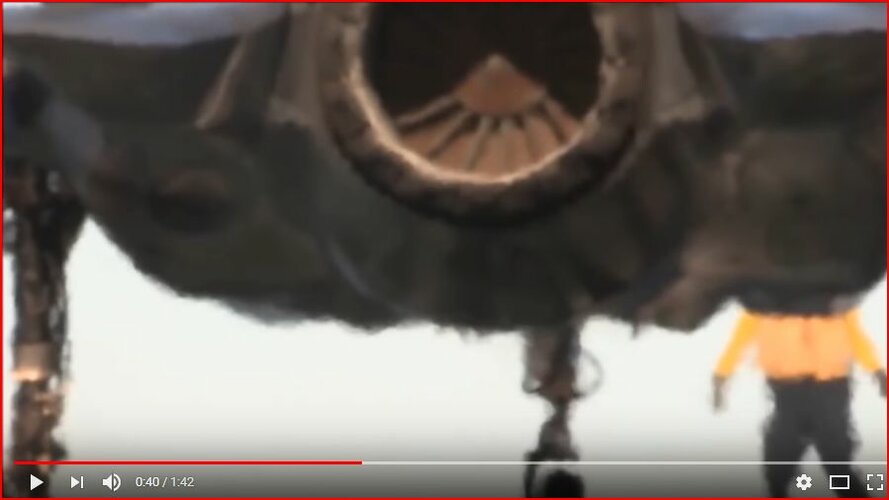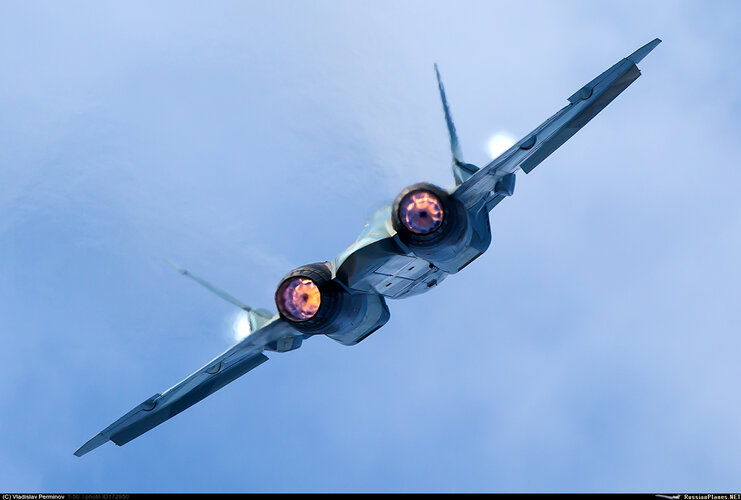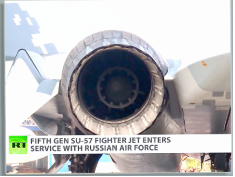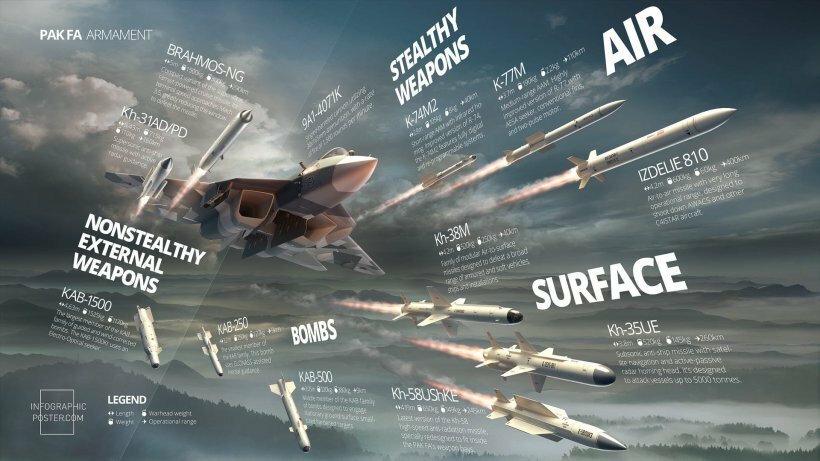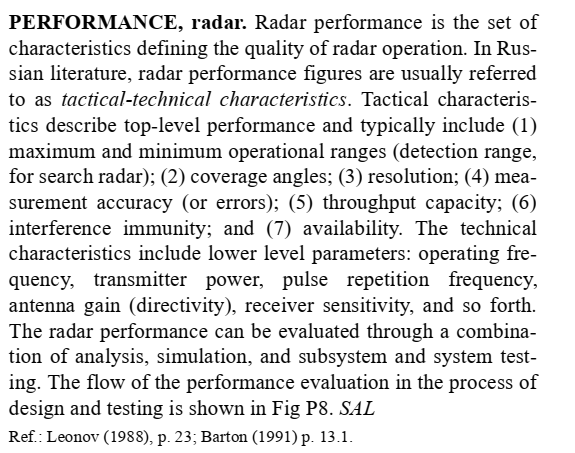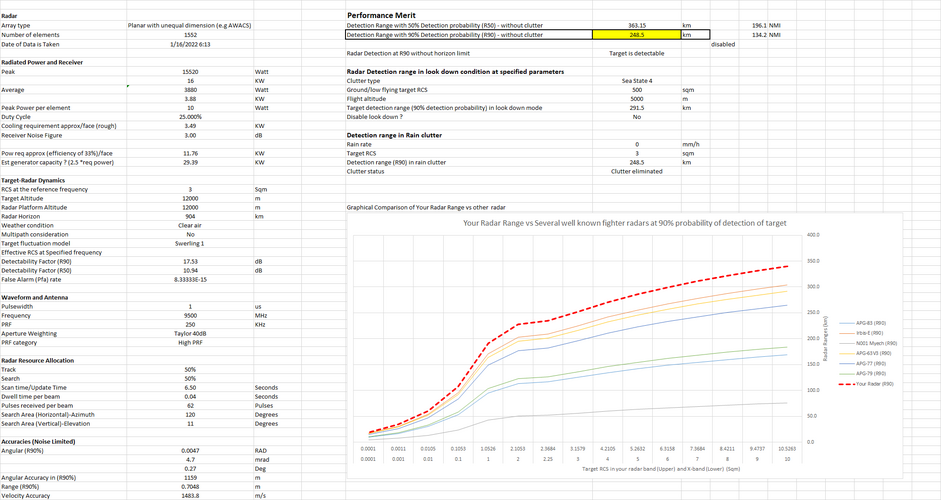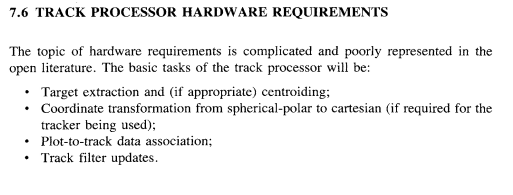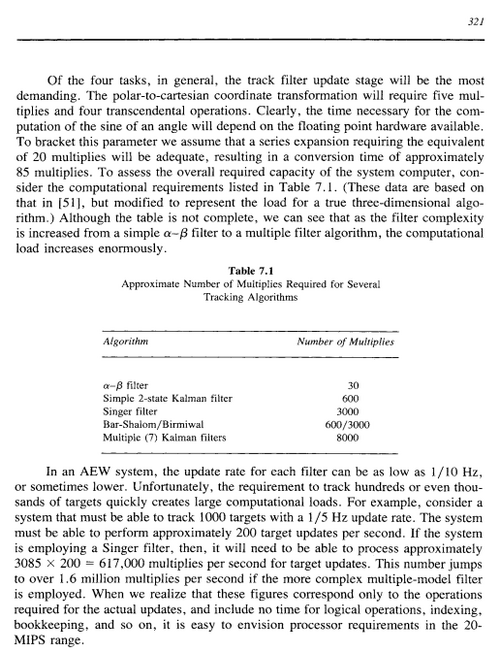- Joined
- 27 December 2005
- Messages
- 17,748
- Reaction score
- 26,414
Looked very cool, at any rate.
Managed to find two of them. These go way back and were made by some 3D artist that is probably familiar to some here or at Paralay. So entirely non-official. But yeah, looked cool with them being canted and all, to facilitate the Su-57s TVC scheme. Regarding that Rockwell concept above, did they explain their rationale for doing it that way?
2D Nozzles make for flat surfaces on the sides that are undesirable for stealth.
Rockwell's ATF was designed and wind tunnel tested before the 'big stealth reset". It was basically this:
As Dan Raymer describes it, the requirement for ATF changed from "pretty good, especially from the front" (mostly likely 0.1 sq m) to "incredible, from almost all directions".
Dan Raymer, who had initiated the ATF then left the program, was brought back to 'stealthify' this design, without invalidating all the work put into the aerodynamics. His plan, to try to leave the plan view largely similar, but pull the intakes and engines together with "armpit" intakes. To keep the layout roughly similar in plan view, large strakes ran down the outside.
However, the 2D engine nozzles caused a undesirable RCS spike to the side.
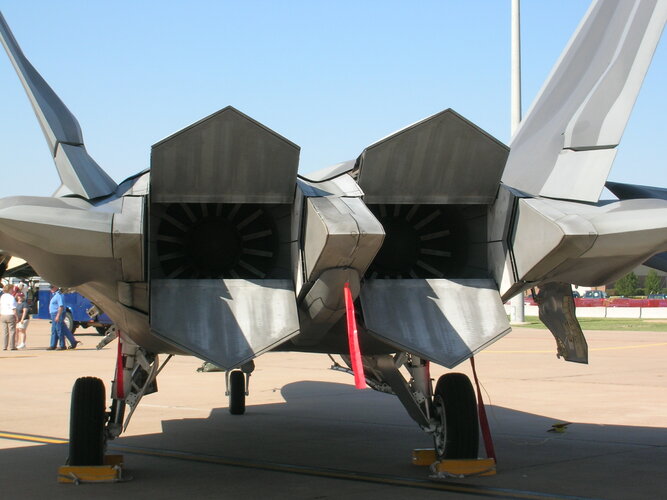
The F-22 uses wedge shaped structures to prevent this, but Dan couldn't afford the weight penalty for that so instead rotated the nozzles from the horizontal so the flat surface was canted in a less important direction.

